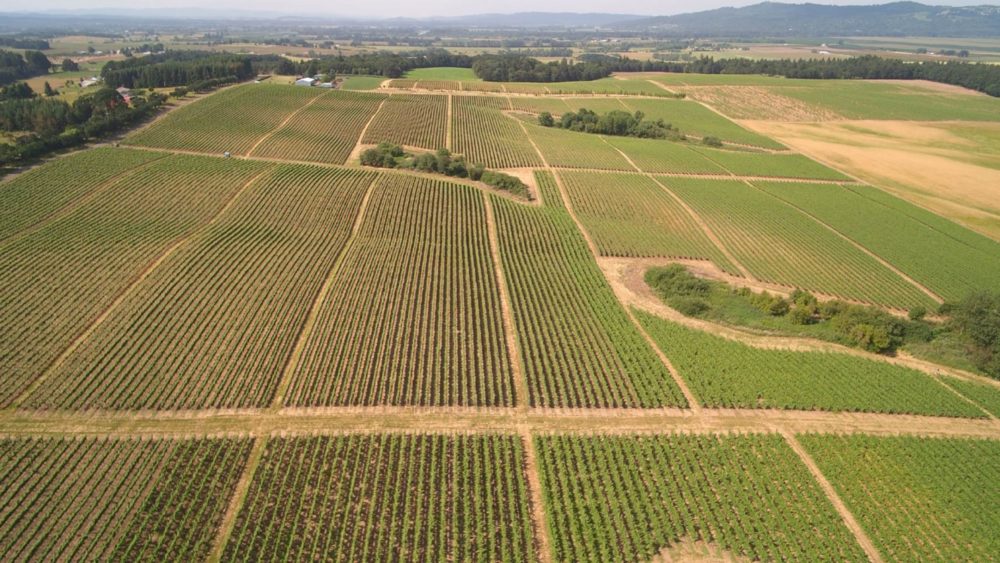One of the most essential papers in land records is the Record of Rights (RR)(RTC)(Pahani). What I’ve found in my practice is that most agriculturists in the villages are aware of this document, but many people in the city are not, therefore I decided to write this blog and shed some light on it.
What is a record of rights?
A record of rights is a legal document that includes information regarding land ownership, cultivation, and other pertinent information. It is an official record that establishes and maintains the rights and duties of land ownership and tenancy.
It is currently available as a single document known as RTC (“Record of Rights, Tenancy, and Crops.”) However, it was previously known as RR (Record of Rights), and it was in the form of two documents known as Form No.5 and Form No.6.
How it came into effect?
The subject of the Record of Rights was proposed by the Government of India in 1897. directives were received in the Bombay presidency in 1898, and experiments were carried out in accordance with those directives in 1899.
The Law of Record of Rights had deep roots in the revenue administration system of the Bombay Presidency and steadily grew in prominence by 1920’s
The Government of the Maharajahs of Mysore, inspired by the Law of Record of Rights established by the Bombay Presidency, implemented the Mysore Land Record of Rights Act of 1927.
Advantages of Records of Rights –
The Record of Rights is crucial in land administration and property ownership. It has a wealth of information such as – the number of land holdings, its division, who owns it or holds it or occupies it, who cultivates it, what crops are there, what the source of irrigation is, what trees are there, how many trees are there, what burden is there on the land etc.
Here are some essential aspects emphasizing its importance:
A. Ownership Documentation: The Record of Rights acts as an official record of land ownership. It contains information about the present owner, prior owners, and any transfers or changes in ownership that have occurred over time. This documentation aids in the establishment of legal ownership and the prevention of conflicts.
B. Tenancy and Land Rights: The Record of Rights contains information on tenancy and land rights. It covers landowners’, tenants’, and other stakeholders’ rights and obligations. This aids in the resolution of disputes, the correct use of land, and the protection of the rights of landowners and tenants.
C. Land Revenue Assessment: Land Revenue Assessment is conducted using the Record of Rights. It includes details about the land’s classification, size, and agricultural productivity. Authorities use this information to make decisions about land taxes, levies, and other revenue-related issues.
D. Land Transactions and Legal Processes: Land Development and Planning: The Record of Rights can help with land development and planning. It gives critical information regarding the present state, usage, and ownership of the land. This data assists in making sound judgments about land development projects, infrastructure planning, and resource allocation.
E. Land Conservation and Environmental Management: The Record of Rights supports in attempts to conserve land and manage the environment. It aids in the identification of environmentally sensitive places, protected lands, and land-use limitations. This data is critical for sustainable land management and the preservation of natural resources.
The Three Parts of RTC :
RTC is broadly categorized into 3 parts , namely
1. Record of Rights
2. Tenancy Details
3. Pahani Patrick ( Land utilization and agricultural statistics )
NOTE –
While the concept of RTC applies to other states as well, I have chosen to provide an example specific to Karnataka’s Land Revenue Act here.
Details in the RTC are mentioned in different columns
1. The part which gives geographical details. (Columns 1 to 5,7,8)
2. The part which gives the ownership and others (Columns 6,9,10,11)
3. The part which gives the tenancy details (Column12) and
4. The part which gives land utilization and agricultural statistics(Column13)
An RTC has 13 columns in all. But these 13 columns have been divided into 40 sub-columns. Columns 1 to 11 are the Record of Rights.
Column No 12 is presenting the tenancy details and column No.13 is Pahani .
There are sub-columns too in columns No 3,4,7,8,12 and 13. But in computerized RTC’s now sub-columns 1 to 11 have been removed.
Conclusion –
The RTC is created and maintained by the revenue department or local authorities in many states. It is periodically updated to reflect changes in land ownership, tenancy agreements, and other relevant information. The implementation of the record of rights aims to ensure transparency, efficiency, and fairness in land administration and to provide a reliable source of information for land-related matters.
Overall, the Record of Rights is essential for guaranteeing accountability, safety, and efficient land governance. It promotes effective land management, safeguards landowners’ rights, encourages land-related economic activity, and supports general socioeconomic development.
NOTE: In Karnataka, you use the following link to get the RTC

